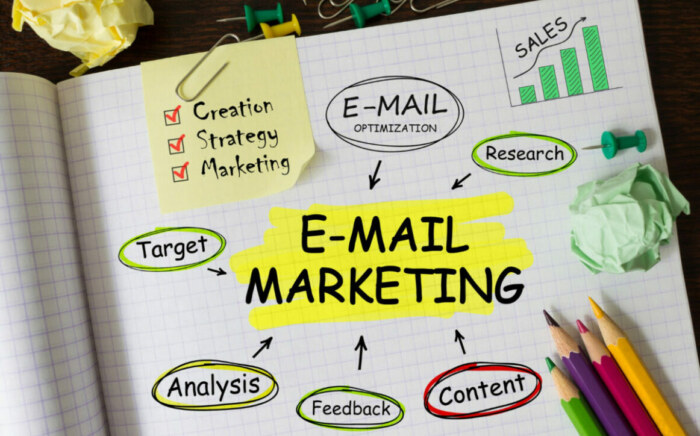Ever heard the saying, “Don’t put all your eggs in one basket?” Well, in the digital marketing realm, A/B testing is the embodiment of that idiom. It’s all about not committing to one strategy without testing its effectiveness first. Let’s dive deeper.
What is A/B Testing?
Definition and Basics
A/B testing, also known as split testing, is a method where two versions of a webpage or app are compared to determine which one performs better. It’s like a digital tug-of-war where two versions pull at your audience’s preferences.
Importance in Modern Marketing
You see, in today’s fast-paced digital world, user experience is paramount. A/B testing helps businesses make informed decisions, ensuring that every change leads to a better user experience and, ultimately, increased conversions. It’s like tweaking the ingredients in your grandma’s cookie recipe until you find the perfect combo. Yummy, right?
Preparing for an A/B Test
Setting Clear Objectives
Before you even think about testing, ask yourself, “What’s my end game?” Is it to increase sign-ups, sales, or maybe page views? Knowing your goals is the compass guiding your testing journey.
Choosing the Right Variables
Imagine testing the color of your website’s “Buy Now” button. Red or Blue? Every element, big or small, can influence user behavior. Hence, it’s essential to choose wisely!
Conducting the A/B Test
Segmenting Your Audience
Not everyone in your audience is the same, right? Segmenting ensures that each group gets a tailored experience. It’s like giving a music lover a ticket to a rock concert and a bookworm a best-selling novel.
Monitoring Results and Gathering Data
Remember, data is your friend. While your A/B test runs, it’s crucial to monitor performance. Think of it as listening to the whispers of your audience.
Analyzing the Results
Using Analytics Tools
In this tech-savvy era, there’s an array of tools to help you decipher the results. These tools? They’re like the magnifying glass for your digital detective work.
Key Metrics to Consider
Click-through rates, bounce rates, and conversion rates are just a few. Knowing what to look for is akin to finding needles in a haystack – challenging but rewarding.
Best Practices in A/B Testing
Avoiding Common Mistakes
Like over-testing or not giving your test enough time. Remember, patience is a virtue, and in A/B testing, it’s essential.
Tips for Successful Tests
Keep it simple, stay consistent, and always, ALWAYS trust your data. It’s the North Star in the often foggy realm of digital marketing.
The Future of A/B Testing
AI and Automation in A/B Testing
Imagine a world where A/B tests are driven by AI, adapting in real-time to user behavior. Sounds futuristic? It’s closer than you think!
Conclusion
A/B testing isn’t just a strategy; it’s a commitment to continuous improvement, a dedication to understanding your audience, and an unwavering quest for perfection. So, the next time you’re faced with a digital dilemma, remember the power of A/B testing. After all, why guess when you can test?
FAQs:
- What is the primary purpose of A/B testing?
To compare two versions of a webpage or app to determine which one performs better. - How long should I run an A/B test?
It depends on your website’s traffic, but it’s essential to ensure the results are statistically significant. - Can I test more than two versions?
Absolutely! That would be called multivariate testing. - Do I need special tools to conduct A/B tests?
While you can manually conduct A/B tests, analytics tools make the process more efficient and accurate. - Are A/B tests only for websites?
No! You can A/B test emails, apps, advertisements, and more.




